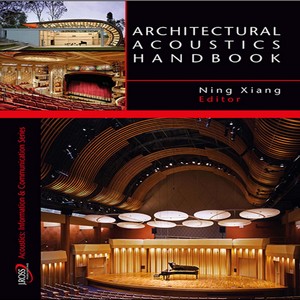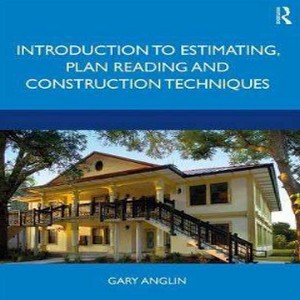Architectural acoustics Handbook
By Ning Xiang (editor)
The Architectural Acoustics Handbook attempts to summarize the present state of knowledge evolved from both the research and consulting communities in this important field.
To this end, the handbook contains two Parts; Part I: Architectural Acoustics Essentials and Part II: Architectural Acoustics Practice—
contributed by authorities in various subfields, though it is not always possible to establish a clean division between the two.
It is meant to serve as a handy reference and a useful resource for research scientists, undergraduate and graduate students studying architectural acoustics, and for acoustic consultants and engineers who are professionally engaged in architectural acoustics practice.
As such, this volume aims to provide for audiences who are interested and engaged in frontier research with the latest progress and findings in vibrant research fields that were otherwise treated largely in specific acoustical journals.
The topics and subfields covered include geometrical and wave-based room-acoustic modeling methods
(Chapters 1 and 2),
acoustics in long and coupled spaces (Chapters 3 and 4),
measurement methods for architectural acoustics (Chapter 5),
advanced room-acoustic energy decay analysis (Chapter 6), sound insulation in buildings (Chapter 7),
auditory perception and auralization in rooms (Chapters 8 and 9),
room-related sound representations using loudspeakers (Chapter 10)
and environmental acoustics around the built environment (Chapter 11).
To also serve architectural acoustics design practice, Part II of this volume provides guidance for the practical design of sound systems (Chapter 12),
and heating, ventilating, and air conditioning systems in buildings (Chapter 13),
as well as the acoustical design and renovations of various types of venues, including worship spaces (Chapter 14), and music performance halls, dramatic arts, and music instruction spaces (Chapter 15).
To keep the book to an appropriate size, the authors were given a page limit.
Most of the chapters in Part I were kept within this limit, while some chapters covering design practice in Part II were allotted more pages.





Reviews
There are no reviews yet.